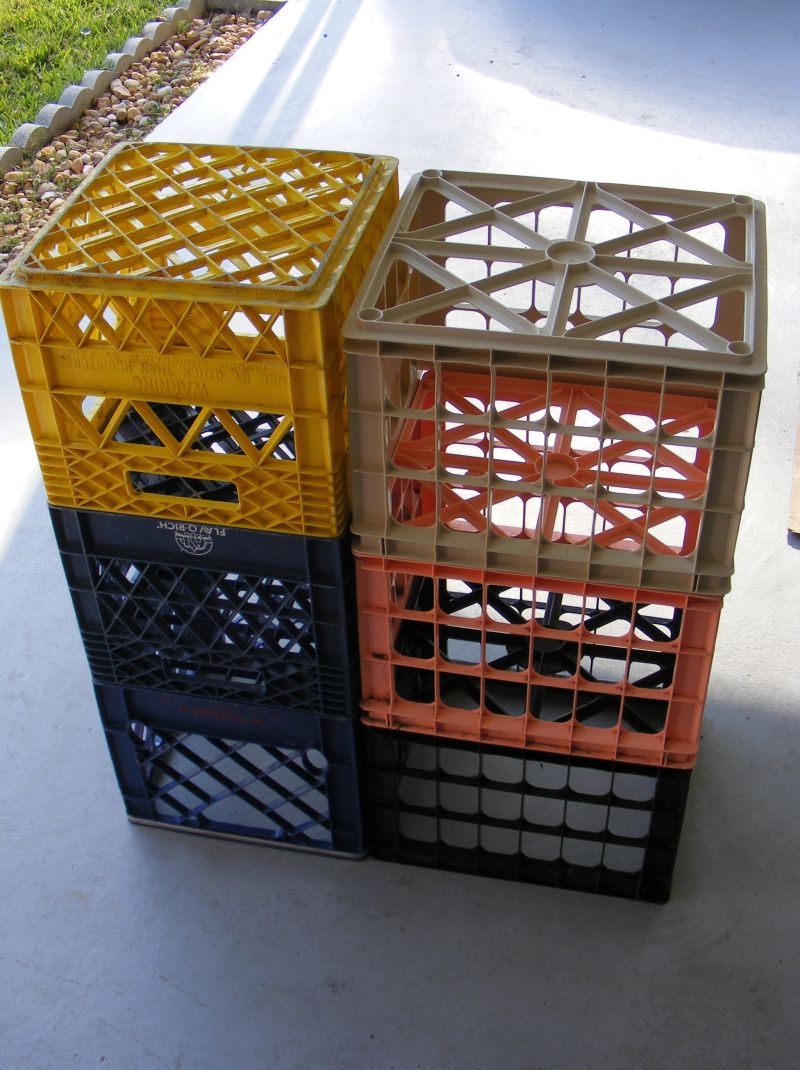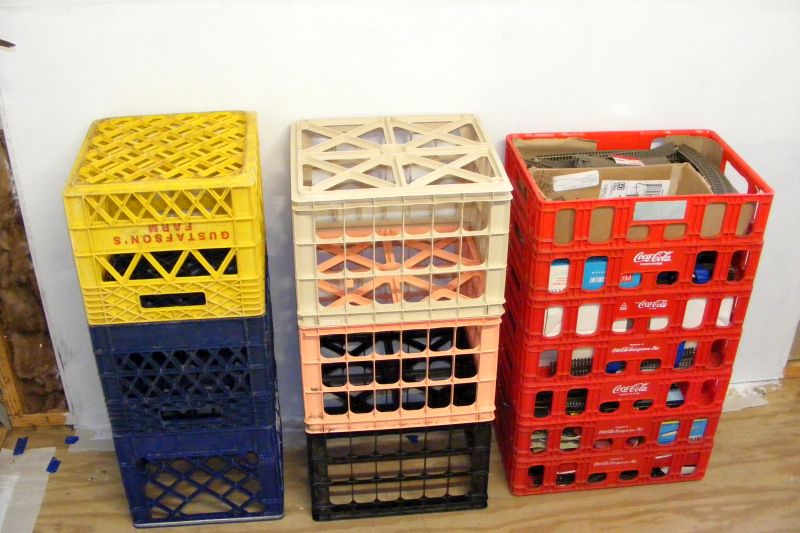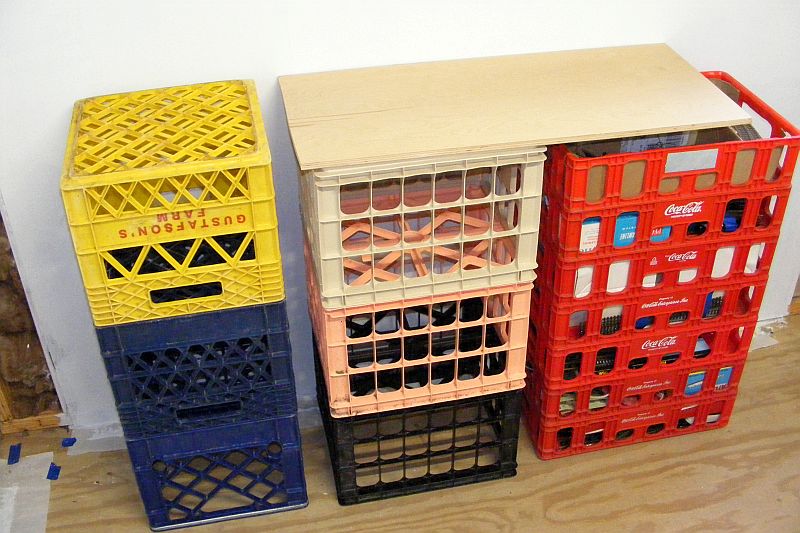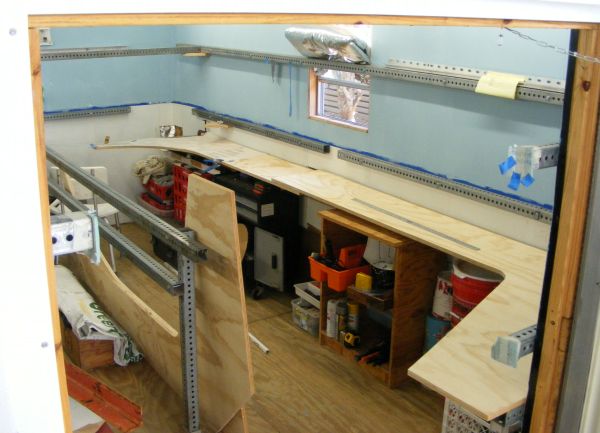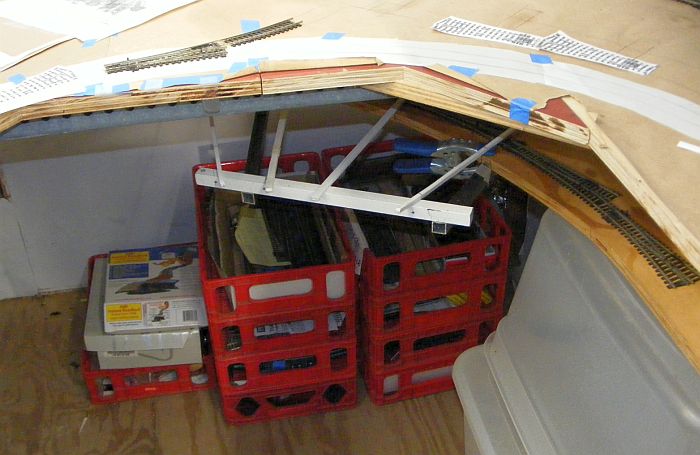What is stage skirting,..please elaborate?
Details on how you hung it?
Other types of stage skirting:
Picture a theater stage. Pleated curtains at either end which pull out to the middle to close out a show or musical number. When they are pulled back to the sides the star or stars are revealed, to do their thing. Hence the term stage.
It's worth noting that the whole thing is often framed by a short, full length skirt along the top, covering the two moving main curtains, and reaching all the way up under the top edge. So the "picture" is thus framed with a steady, unmoving top edge (the bottom hem of that full length skirt, the two side skirts set a short distance behind--those move side to side as needed, with the bottom edge/hem set right down to the surface of the stage. This hem usually hangs just above the surface of the stage itself, so that when the side curtains slide each way, they don't "drag" much or at all as they move.
That last bit is the norm, but it's not unheard of for the bottom edge to deliberately puddle and drag either. Think of the way a wedding dress often has a train, while a regular full-length dress might have hem that ends just above ground level. Scarlet O'Hara, in the latter case vs. a bride...or Marilyn Monroe in a full length sheath dress which pools out behind her. Or Carolyn Jones as Morticia Addams....
In any case, it's all BELOW the bottom edge of the fascia where stage skirting is concerned, so the idea is not to draw the eye to it, but use it to "frame" everything up above. Fascia on up to the layout.
In somewhat the same way, lights--tubes, LED strips, spotlights, track lights....whatever...are often covered over too by an upper fascia (usually some sort of hard or solid material. Much simpler up there, as you don't need to crawl under the curtain to get access to storage behind. There ain't any.

----------
Followup thought: Ken/D&J made mention of setback to whatever covering you use below, and it applies whether you use a hardboard as he does or a curtain. If you picture a typical kitchen cabinet, they will always have "toe kick" setback along the bottom edge, so you can stand right up close. directly in front of, and facing the cabinet/countertop without leaning forward because the toes of your shoes push you backward at the bottom. Ken's solution is to set the entire lower fascia back and away from the upper fascia, and it's a good solution. With curtains, you can do much the same--just set it back in the same way. If you DON'T, then you might find yourself standing on the bottom hem, which will either pull the whole curtain back when you drag the bottom of your shoe back, or stretch it out if you stretch it vertically, and downward, thus tearing it off your staples or slide rod. If you don't set it back it won't last more'n half an hour before you've torn it all loose....
So if you use the curtain method, set the whole bottom curtain back a few inches too, to avoid that problem. You can still fix it in such a way that the bottom hem meets the floor very consistently, giving it that professional finish look. In either case, set the bottom edge of the curtain or the hardboard lower fascia back from the upper fascia. Give it a toe-kick.

